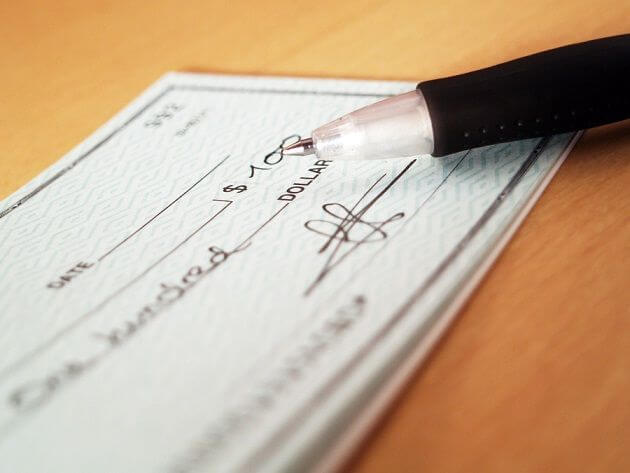 Requiring tenants to put down a security deposit is an important practice of being a landlord in order to protect yourself against the costs of potential damages caused by the tenant.
Requiring tenants to put down a security deposit is an important practice of being a landlord in order to protect yourself against the costs of potential damages caused by the tenant.
It’s always a good idea to make sure that you do everything the right way in the beginning, to avoid problems don the road.
While collecting and retaining a security deposit is an honest and commonplace practice in the rental housing market, there are some specific ways of handling this process to ensure you avoid any disagreements and legal proceedings after the lease is terminated.
Notating the Current Condition of Property
It’s a best practice for the landlord to have the tenant sign an agreement acknowledging the current condition of the property before they take possession. This is a preventative measure that protects the landlord from potentially costly damages when the tenant vacates and moves out.
By recording the state of the property initially, the tenant cannot claim otherwise upon move-out.
Many landlords also encourage their tenants to inspect the property themselves and make any notes regarding damages before they move in. Whether the tenant finds marks along walls and baseboards or scuffs on the floors, it’s important to let them take note of these as well.
Collecting and Storing the Security Deposit
Unlike some states, Florida doesn’t limit a security deposit amount. But it is common to charge 1-2 months’ rent for a security deposit and it is wise to stick to this standard in order to attract a wider pool of potential tenants.
When it comes to storing a tenant’s security deposit money, landlords are required by Florida law to keep their tenant’s security deposit money in a separate bank account and not co-mingled with any other funds. This means that if you have multiple rental properties, you’ll have separate accounts for each one.
Additionally, landlords are required to pay the tenant any interest accrued from that money if it is held in an interest bearing account.
Inspecting the Property and the Return of the Security Deposit
When the lease agreement comes to an end for whatever reason, the landlord then must inspect the state of the property once the tenant vacates. If there are notable damages that are considered more than just typical wear and tear then it is best to have the repair costs professionally estimated. It is also wise to take pictures in order to document any damages.
As the landlord, you are able to deduct any repair costs from the tenant’s security deposit as well as any other costs such as unpaid rent. Having repair costs professionally estimated is another preventative measure that avoids disputes between the landlord and tenant.
While some situations between landlords and tenants regarding security deposits become a bit sticky, it doesn’t always have to end up this way. Provided you’re taking appropriate preventative actions and following the rental agreement laws, you as the landlord can professionally resolve and prevent security deposit issues with your tenants.
Professional property managers like The Realty Medics take care of your rental property including handling security deposits, inspections and more. Check out our full range of convenient and professional property management services that can help make being a landlord simple and hassle-free.
